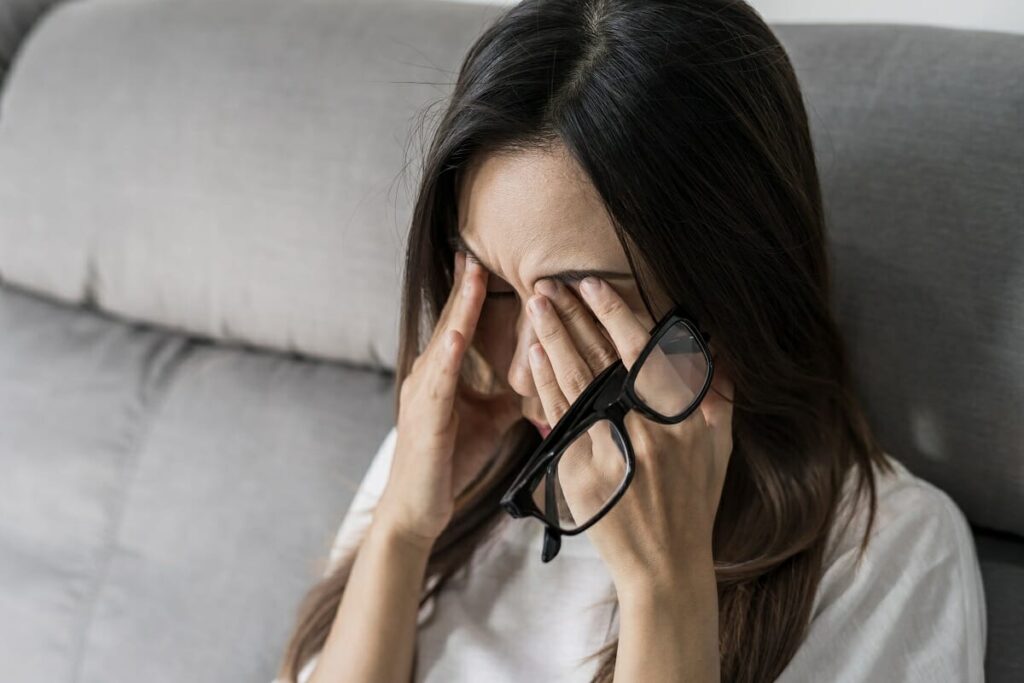Dry eye is one of the most common conditions Drs. Linda Vu, and Jenny Soo Hoo see in their practice. Millions of adults are affected by dry eye symptoms, which can range from mild to severe and include scratchy, stinging or burning eyes, discharge, redness and excess tearing.
Read on as Dr. Vu discusses the most common causes of dry eye and explains how the condition can be treated.
Causes of Dry Eye
Dry eye can occur if:
- Your eyes
are unable to produce enough tears to stay lubricated. This
can happen because of the natural effects of aging, certain medical conditions
(e.g., diabetes, thyroid disorders), medications (e.g., antihistamines,
decongestants, birth control pills) and damage to the tear glands. - You
produce tears that are of poor quality. A healthy tear film has three
layers: water, oil and mucous. If there is a problem with one of these layers,
it throws off the balance of the tears and the eyes dry out. - The tears
you produce evaporate off the surface of the eye too quickly. The oily
layer of the tear film, produced by the meibomian glands in the eyelids, helps
the tears “stick” to the eyes to keep them moisturized. If the meibomian glands
become blocked or otherwise malfunction, the tears evaporate off the surface of
the eyes too quickly. Windy, smoky or dry environments can also increase the
evaporation of the tears, as can prolonged periods of using a digital device.
Treating Dry Eye
If you are experiencing dry eye symptoms, you should consult with our doctors at Linda Vision to isolate the cause of your condition. They will then recommend the most appropriate measures to take.
Sometimes making small lifestyle changes can improve dry eye symptoms. You can try reducing your screen time, avoiding windy, smoky or dry environments or switching from medications that dry out your eyes to ones that do not. Artificial tears can also help relieve symptoms.
If lifestyle changes do not help, we may recommend a treatment to address the source of the problem. Treatment goals may include slowing drainage away from the eye, with small punctal plugs that are placed in your eyelids to retain tears. Another treatment goal would be to reduce the evaporation of tears. This can be achieved using heat therapy including warm compresses, directed warming devices, or intense pulsed light, which would help unblock the meibomian glands to restore the oily layer to your tear film.
Contact Linda Vision
Are you experiencing dry, itchy eyes and other uncomfortable symptoms? Schedule an appointment with our doctors to discuss potential solutions to get relief from your symptoms. Please call Linda Vision at (626) 382-2020 today.

